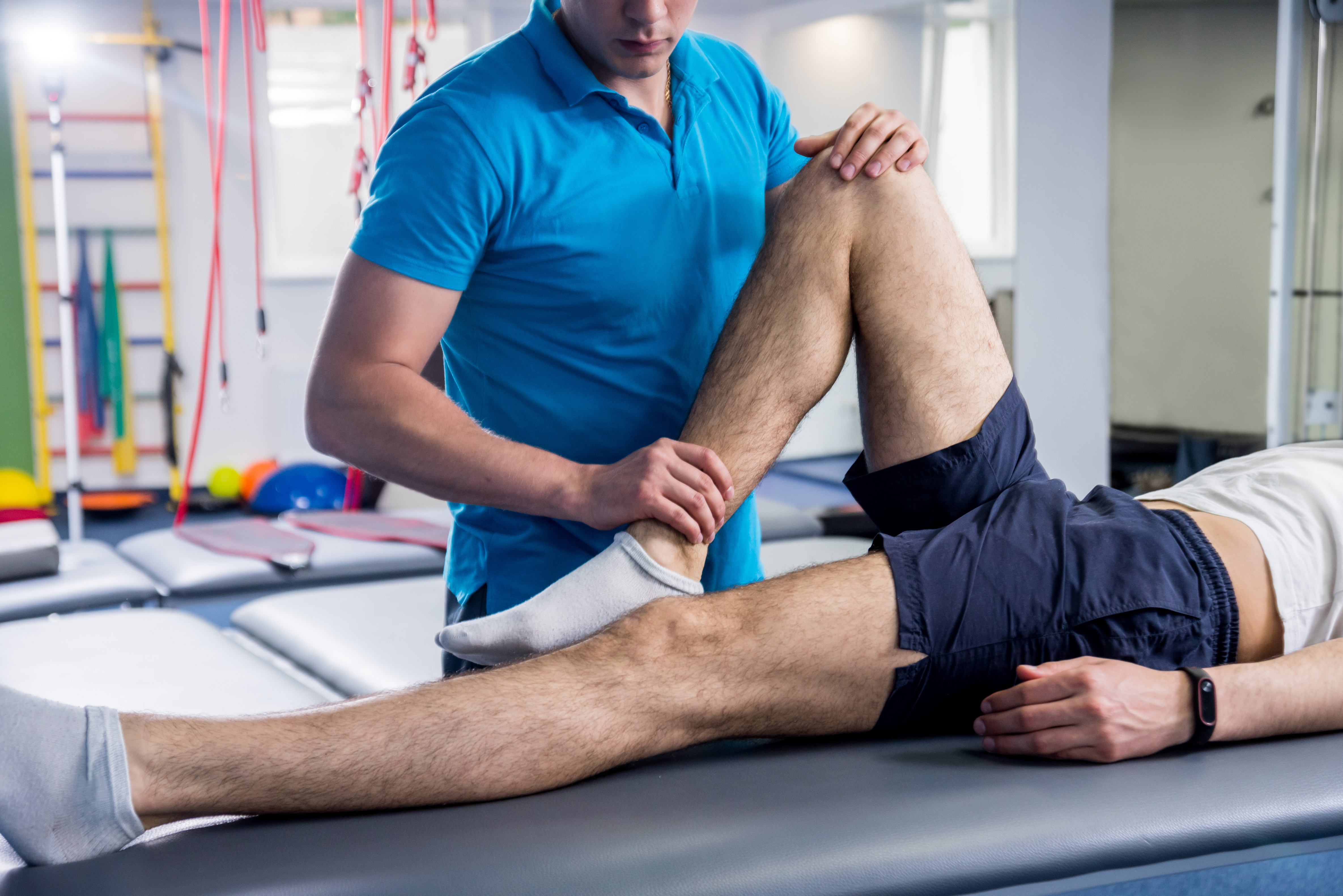Frequently Asked Questions
Heat therapy plays a crucial role in the recovery of muscle strains in athletes by promoting vasodilation, which enhances blood flow to the affected area, thereby facilitating the delivery of essential nutrients and oxygen necessary for tissue repair. The application of heat increases the elasticity of muscle fibers and connective tissues, reducing stiffness and improving overall flexibility, which is vital for restoring range of motion. Additionally, heat therapy can alleviate pain and discomfort associated with muscle strains by stimulating sensory receptors and decreasing muscle spasms. This therapeutic modality also aids in the removal of metabolic waste products, such as lactic acid, that accumulate during injury, further accelerating the healing process. By incorporating techniques such as moist heat packs, infrared heating pads, or warm baths, athletes can effectively utilize heat therapy as part of a comprehensive rehabilitation program, ultimately enhancing recovery time and optimizing performance.
Moist heat and dry heat therapies serve distinct purposes in the management of sports injuries, each exhibiting unique effectiveness based on the nature of the injury and the desired therapeutic outcomes. Moist heat, often delivered through methods such as hot packs, steam towels, or hydrocollator pads, enhances tissue elasticity, promotes vasodilation, and facilitates increased blood flow, which can accelerate the healing process by delivering essential nutrients and oxygen to the affected area. This modality is particularly beneficial for alleviating muscle stiffness, reducing spasms, and improving flexibility in soft tissues. Conversely, dry heat, typically applied through heating pads or infrared lamps, provides a more superficial warming effect that can be effective for pain relief and relaxation of tense muscles, but may not penetrate as deeply as moist heat. While dry heat can be advantageous for chronic conditions or general muscle soreness, it may not be as effective in addressing acute injuries where inflammation and swelling are present. Ultimately, the choice between moist and dry heat should be guided by the specific characteristics of the injury, the stage of healing, and the individual athlete's response to treatment modalities.
Heat therapy can indeed be effectively utilized in conjunction with other recovery methods, such as ice therapy, to achieve optimal results in the management of muscle soreness, inflammation, and overall recovery. The application of heat, through modalities like moist heat packs or infrared therapy, promotes vasodilation, enhances blood circulation, and facilitates the relaxation of tense muscles, thereby alleviating stiffness and improving flexibility. Conversely, ice therapy, or cryotherapy, serves to reduce acute inflammation, numb pain, and minimize swelling by inducing vasoconstriction and decreasing metabolic activity in the affected tissues. When strategically combined, these modalities can create a synergistic effect; for instance, alternating between heat and ice can help manage chronic pain conditions, expedite recovery from sports injuries, and enhance post-exercise recovery by addressing both the inflammatory and muscular components of the healing process. This integrative approach not only optimizes tissue repair but also supports the overall rehabilitation strategy, making it a valuable consideration for athletes and individuals seeking comprehensive recovery solutions.
What is the recommended duration and frequency of heat therapy sessions for acute athletic injuries?
For acute athletic injuries, the recommended duration of heat therapy sessions typically ranges from 15 to 20 minutes, with a frequency of two to three times per day, depending on the severity of the injury and the athlete's response to treatment. This localized thermotherapy aims to enhance blood circulation, promote muscle relaxation, and alleviate pain by increasing tissue temperature and metabolic activity in the affected area. It is crucial to monitor the skin for any signs of burns or excessive heat exposure, as prolonged application can lead to adverse effects. Additionally, heat therapy should be applied after the initial inflammatory phase has subsided, usually within 48 to 72 hours post-injury, to avoid exacerbating swelling. Athletes may utilize various modalities such as moist heat packs, heating pads, or warm baths, ensuring that the application is comfortable and does not interfere with the healing process.
Heat therapy, while beneficial for promoting blood circulation and alleviating muscle stiffness, presents specific contraindications for athletes with certain types of injuries. In cases of acute injuries, such as sprains, strains, or contusions, the application of heat can exacerbate inflammation and swelling, leading to prolonged recovery times. Additionally, athletes suffering from conditions like tendonitis or bursitis may find that heat increases pain and discomfort due to heightened sensitivity in the affected areas. Furthermore, individuals with circulatory disorders, such as peripheral vascular disease or diabetes, should avoid heat therapy, as it can lead to complications like burns or exacerbated ischemia. In the presence of open wounds or skin infections, the use of heat can also pose a risk of further irritation or infection. Therefore, it is crucial for athletes to assess their specific injury type and consult with healthcare professionals before incorporating heat therapy into their rehabilitation regimen.

